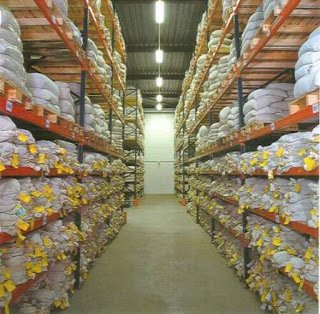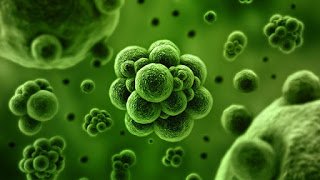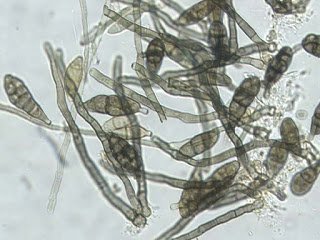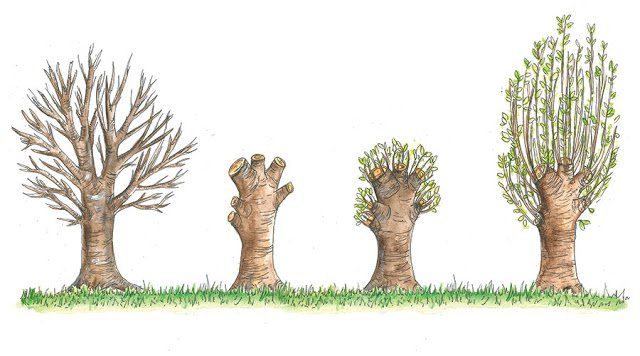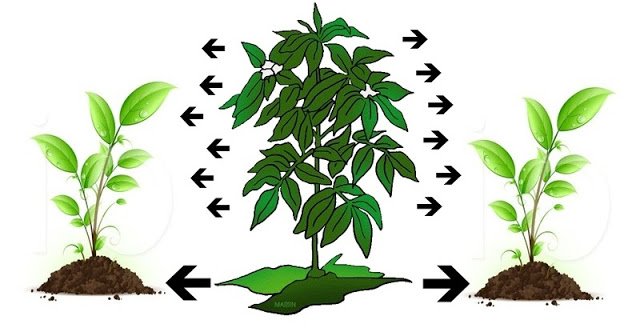Seed health testing techniques Seed Pathology Seed pathology is the branch of pathology that locating to seed and dealing with ♦ Seed diseases. ♦ Seed borne plant diseases. ♦ Techniques involved for their detection. ♦ Mechanisms of their transmission. ♦ Factors affecting their transmission. ♦ Control measures. ♦ Assessment of inocula, planting value etc. In modern agricultural science, seed pathology is the branch of plant pathology locating to seed and seed technology rendering (supply) efficient services and opportunities to promote successful agricultural production and quality concerns seed, trade all over the world. Seed Health Seed health refers to the presence or absence of diseases causing organisms such as fungi, nematodes, bacteria, viruses and insects and to the status of seeds in a seedlot. Seed status is also affected by the presence of non diseasecausing contaminants in the particular seedlot. These include contaminants like weed seeds that compete with the target seed for nutrients. Other seeds, plant parts other than the target seeds, soil particles and insect eggs that can overwinter can degrade the quality of the seedlot. …
Read more
